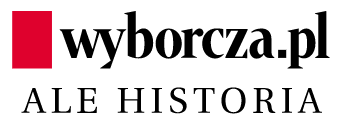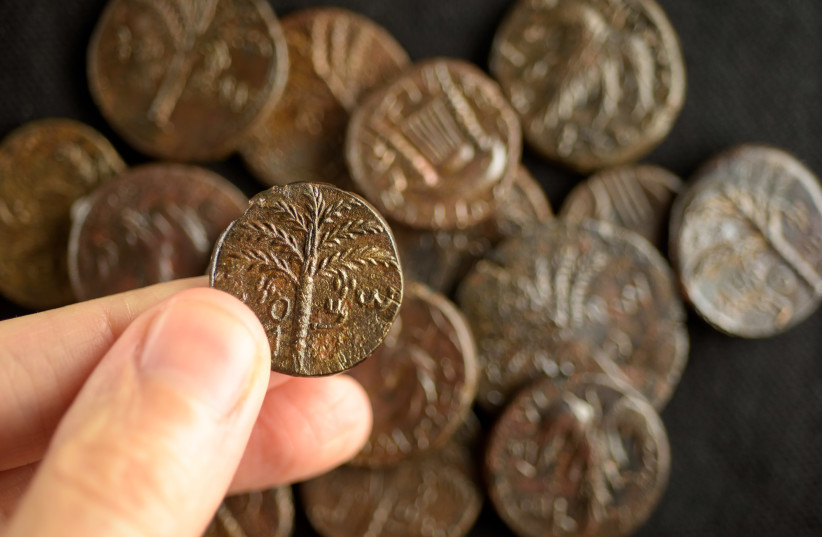 Po lewej: rodzina Tejtlów, po prawej: Mikhal Dekel (Fot. archiwum rodzinne Mikhal Dekel)
Po lewej: rodzina Tejtlów, po prawej: Mikhal Dekel (Fot. archiwum rodzinne Mikhal Dekel)
 Chce mi się płakać, kiedy miejsce mordu Żydów zostaje oddane męczeństwu polskich chrześcijan
Chce mi się płakać, kiedy miejsce mordu Żydów zostaje oddane męczeństwu polskich chrześcijan
Mikhal Dekel
przeł. Sergiusz Kowalski
Skoro w browarze Tejtlów zginęli głównie Żydzi, ale też chrześcijanie, to na początek należałoby usunąć krzyż na bramie browaru, który powieszono w 1946 r. i który symbolicznie wisi tam nadal. Trzeba innego symbolu, wspólnego upamiętnia tego miejsca.
.
Po moim tekście Czytelnicy pytali mnie o wojenne losy moich dziadków. Otóż wojnę przeżyli w Samarkandzie w Uzbekistanie i w 1946 r. wrócili do Polski. 26 sierpnia 1946 r. mój ojciec i jego siostra, osiedleni w kibucu w Palestynie, dostali od nich pocztówkę z Dolnego Śląska. Działał tam Wojewódzki Komitet Żydowski, organizacja reprezentująca ocalałych polskich Żydów w relacjach z polskimi władzami i organizacjami międzynarodowymi. Musieli wrócić do Ostrowi, ale nie wiem, co się z nimi stało. Inny jej żydowski mieszkaniec, Josef Jalon, tak opisywał swój powrót:
„W 1946 r. wróciłem do Ostrowi, gdzie większość domów żydowskich legła w gruzach. Oba cmentarze zrównano z ziemią, a w sokolower sztibl [dom modlitewny – red.] jest dziś fabryka. Zburzono browar Tejtlów. Na szczątkach bramy wisi duży krzyż. Tam, jak mówią, zginęło wielu ostrowskich Żydów”.
Nigdy nie dowiem się, czy moi dziadkowie zobaczyli ten krzyż i wtedy wyjechali, czy może spędzili jakiś czas w Ostrowi. Wiem tylko, że wkrótce potem wyjechali z Polski do obozu dla żydowskich przesiedleńców pod Monachium. Byli tam trzy lata. Tam też spoczywają kości mego dziadka Zundela.
Czytelnicy pytają, jakie mam zastrzeżenia do projektów obecnego rządu upamiętniających ofiary wojny. Wyjaśnię to szczegółowo. Przede wszystkim jednak chcę zapewnić, że lubię ministrę [Magdalenę] Gawin i jestem jej wdzięczna za pomoc naukową, jakiej mi użyczyła. Nie napisałem mojego artykułu po to, żeby ją osobiście atakować. Napisałam go z zamiarem odsłonięcia ograniczeń i subtelnej agresji wpisanej w tę politykę pamięci. Ani przez chwilę nie twierdziłam, że nie należy upamiętniać zamordowanych przez nazistów chrześcijańskich Polaków, bez względu na ich etniczność, obywatelstwo czy cokolwiek innego.
Każda ofiara zasługuje na wielką litość, każda budzi grozę. Czuję jednak, że coś jest nie tak, kiedy upamiętnianie i stawianie pomników etnicznym Polakom wiązane są automatycznie z ratowaniem Żydów, którzy stają się pretekstem dla chrześcijańskiego bohaterstwa. Czuję się jeszcze gorzej, kiedy trąbi się o chrześcijańskim heroizmie i dobroci, zagłuszając inną, najmroczniejszą historię. I chce mi się płakać, kiedy miejsce, które należało do mojej żydowskiej rodziny, gdzie zamordowano tylu Żydów, zostaje oddane na wyłączność męczeństwu polskich chrześcijan. Skoro w browarze Tejtlów zginęli głównie Żydzi, ale też chrześcijanie, to na początek należałoby usunąć krzyż na bramie browaru, który powieszono w 1946 r. i który symbolicznie wisi tam nadal. Trzeba innego symbolu, wspólnego upamiętnienia tego miejsca.
Zawartość publikowanych artykułów i materiałów nie reprezentuje poglądów ani opinii Reunion’68,
ani też webmastera Blogu Reunion’68, chyba ze jest to wyraźnie zaznaczone.
Twoje uwagi, linki, własne artykuły lub wiadomości prześlij na adres:
webmaster@reunion68.com



